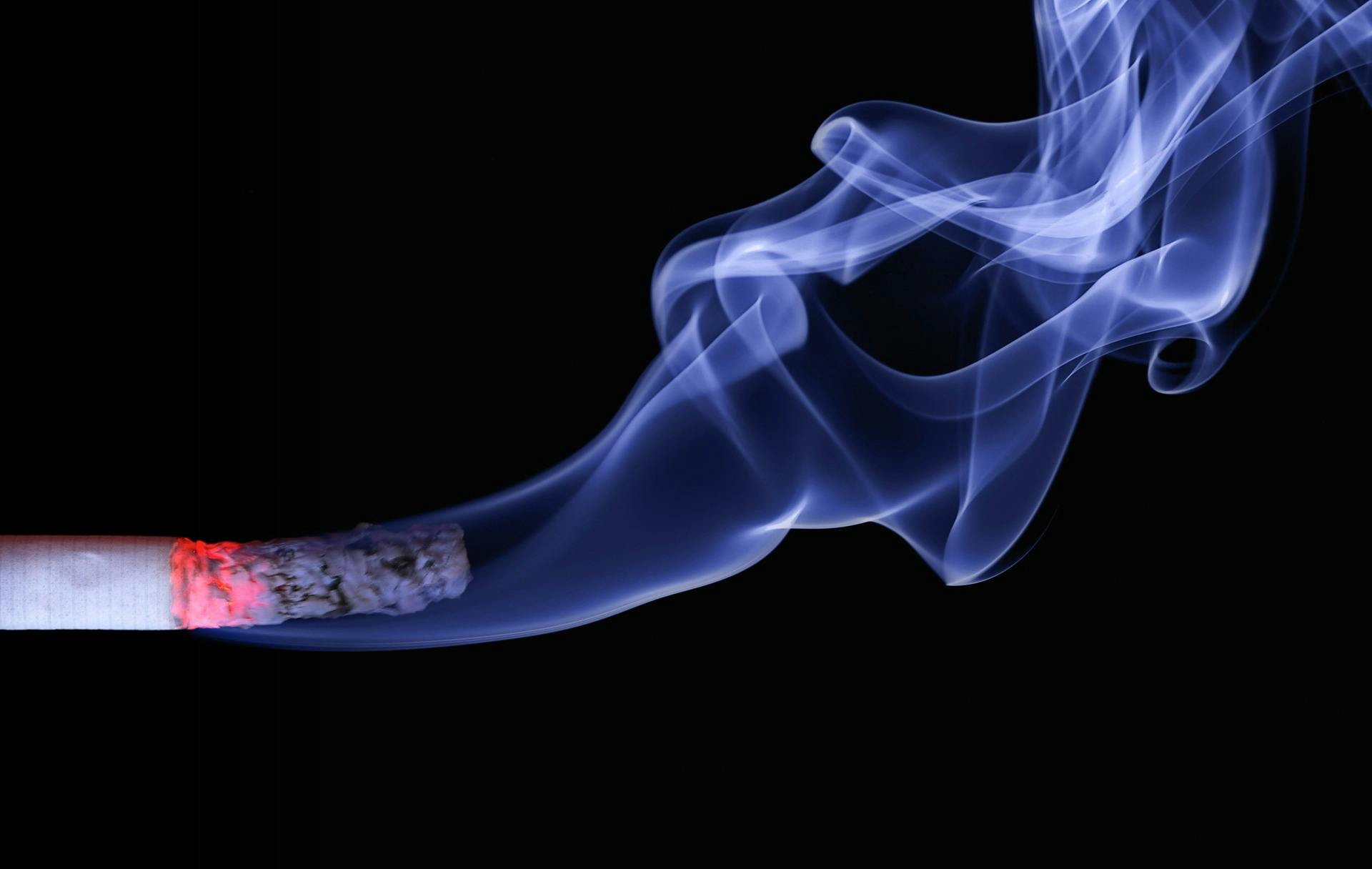Over the past few years, lung cancer survival rates have shown promising gains thanks to advancements in targeted therapy and immunotherapy. In spite of this, the battle against this deadly disease continues to be a pressing concern, as lung cancer remains a significant public health challenge worldwide. In a previous post, a genetic analysis revealed that lung cancer tumors can occur in nonsmokers from the accumulation of genetic mutations and environmental factors such as exposure to secondhand smoke. This emphasizes the urgent need for increased efforts to curb tobacco use and promote smokeless alternatives.
Rising lung cancer survival rates
A CNN article reports that the five-year survival rate for lung cancer in the US has increased by 22%. More specifically, around 26.6% of those who get lung cancer survive at least five years past their initial diagnosis, up from 21.7% in 2016. Despite these gains, lung cancer continues to be the leading cause of cancer death in the US, and in about 80% to 90% of lung cancer cases, tobacco use is to blame.
In addition to smoking being a primary cause of lung cancer, it substantially raises the likelihood of developing cardiovascular disease, respiratory conditions, and other smoking-related illnesses. Secondhand smoke exposure further exacerbates these risks for non-smokers, as we mentioned earlier. By quitting smoking or seeking alternatives, individuals can greatly minimize their susceptibility to these life-threatening conditions.
Quitting remains the best way to avoid health risks
Data from the Centers for Disease Control suggests that more than half of adult cigarette smokers make an attempt to quit each year, catalyzing the rise of smoking alternatives and nicotine replacement therapies (NRTs). Moreover, these quit-smoking products can considerably boost smokers’ chances of kicking the habit for good, with the Mayo Clinic highlighting that only about 5% of people who try to quit tobacco succeed without a cessation tool to aid them.
Smoking alternatives such as nicotine pouches are one of the most popular smokeless products helping smokers quit, offering a less harmful way for individuals to satisfy their nicotine cravings while minimizing exposure to the toxicants found in traditional tobacco. For heavy smokers, this page offers White Fox pouches that come in a variety of flavors and high strengths ranging from 12mg to 22.5mg, making them ideal for those recovering from high levels of dependency. With nicotine pouches, no combustion is needed; they are discreetly placed between the lips and gums to deliver nicotine to the system.
Another tool that can help smokers quit is through the use of nicotine gum like those by Nicorette. This NRT requires a ‘park and chew’ method for the nicotine to be absorbed into the system and is available in 2mg and 4mg strengths. In 2022, Nicorette unveiled a behavioral support tool meant to be combined with their NRTs, as seen in this press release. The brand’s novel approach features the use of music designed to help reduce cravings while activating the same pleasure centers of the brain triggered by smoking.
Lung cancer screening programs
According to experts, another tool that can save lives is thorough lung cancer screening. The American Lung Association states that the simple act of getting screened reduces the lung cancer death rate by up to 20%. This is confirmed by additional research showing that if it’s diagnosed at an early stage, lung cancer has an almost 60% five-year survival rate that drops to 7% with late detection.
Medicare and many private health insurance plans cover lung cancer screening without cost-sharing, but eligibility criteria vary based on specific types of health insurance. The American Cancer Society recommends screening for anyone between 50 and 80 years old if they currently or formerly smoke at a rate of 20 pack-years, defined as smoking an average of one pack per day for one year.
Overall, there is a compelling need for increased efforts to quit smoking, shift to smokeless options, and encourage health screenings to mitigate the devastating health consequences of lung cancer. By empowering individuals to make healthier choices, the prevalence of smoking-related diseases can be reduced, improving the overall health and well-being of populations worldwide.

